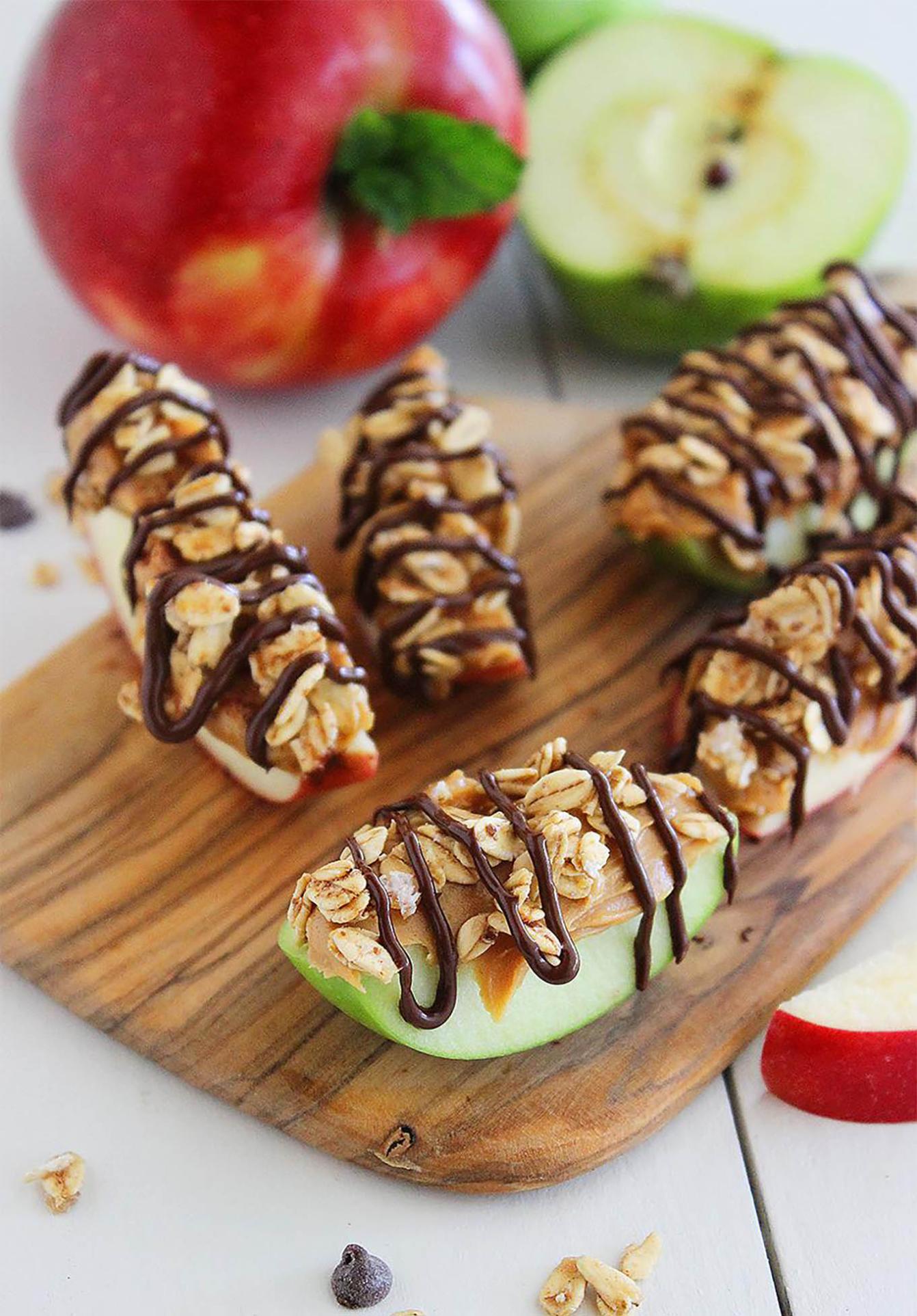How Can I Balance Taste and Health in My Snack Recipe?
Snacking is an essential part of a balanced diet, providing energy and nutrients between meals. However, finding snacks that are both tasty and healthy can be a challenge. This article explores the concept of taste and health in snacking and offers strategies for creating recipes that satisfy both taste buds and nutritional needs.

Understanding Taste And Health:
Taste is a complex sensory experience that involves the interaction of various taste receptors on the tongue with chemicals in food. The five basic tastes are sweet, sour, salty, bitter, and umami. Taste plays a crucial role in food enjoyment and satisfaction, influencing our preferences and choices.
Health, in relation to snacking, encompasses the overall nutritional value of the snack. It includes considerations such as macronutrients (carbohydrates, proteins, and fats), micronutrients (vitamins and minerals), and the overall impact on well-being.
Strategies For Balancing Taste And Health:
- Moderation and Variety: Emphasize the importance of moderation and variety in snacking to avoid overconsumption and ensure a balanced intake of nutrients.
- Reduce Unhealthy Ingredients: Provide tips for reducing sugar, salt, and unhealthy fats in snack recipes. Encourage the use of natural sweeteners, herbs, and spices as healthier alternatives to enhance flavor.
- Incorporate Nutritious Ingredients: Encourage the use of whole grains, fruits, and vegetables for increased nutritional value. Suggest creative ways to combine different flavors and textures for a satisfying snacking experience.
Sample Snack Recipes:
Include a few detailed recipes for snacks that strike a balance between taste and health. Provide step-by-step instructions, ingredient lists, and nutritional information for each recipe. Choose recipes that are easy to prepare and suitable for different dietary preferences (e.g., gluten-free, vegan).
Tips For Making Healthier Snacks:
- Read Food Labels: Offer practical tips for making healthier choices when snacking, such as reading food labels and understanding ingredient lists.
- Choose Minimally Processed Snacks: Choose snacks with minimal processing and added sugars.
- Opt for Fiber-Rich Snacks: Opt for snacks rich in fiber, protein, and healthy fats.
- Incorporate Snacks into a Balanced Meal Plan: Incorporate snacks into a balanced meal plan to ensure overall nutritional adequacy.

It is possible to enjoy tasty snacks without compromising health. By understanding the principles of taste and health, employing strategies for balancing ingredients, and experimenting with different recipes, individuals can create snacks that satisfy both their taste buds and nutritional needs.
YesNo

Leave a Reply